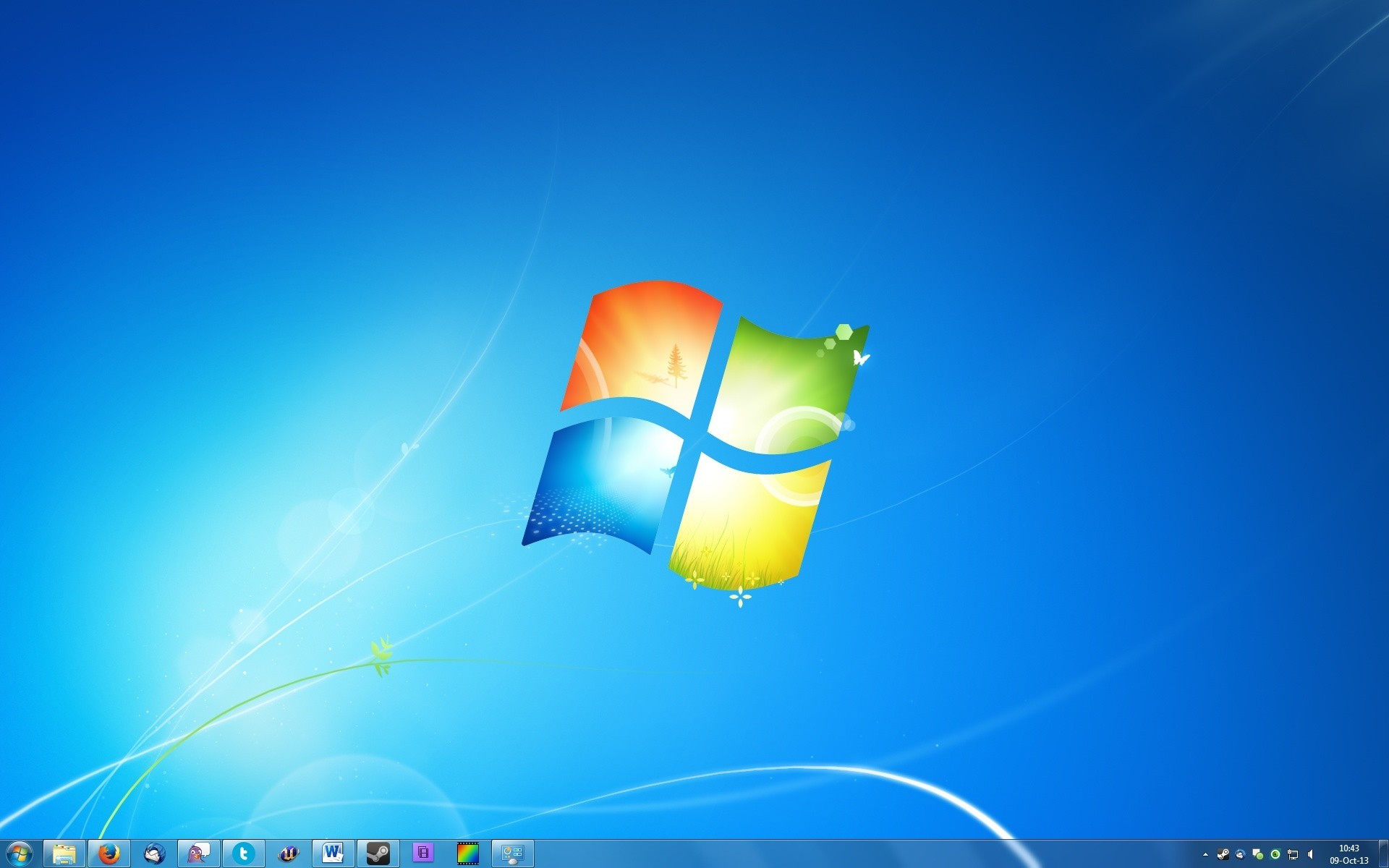Operating a retail store calls for a range of administrative, management and marketing skills. From ensuring that there’s enough inventory to putting together monthly sales reports, these skills are necessary in ensuring that your store runs smoothly.
Having an efficient point of sale (POS) system can go a long way in making sure that all your operations are running smoothly. In this article, we speak to two industry experts who’ll share tips on what you must have in a POS and how to choose the best option for your retail store or restaurant.
What’s the Point of a Point of Sale (POS) System?
A point of sale system, or POS, is the place where your customer makes a payment for products or services at your store. Simply put, every time a customer makes a purchase at your store, they’re completing a point of sale transaction.
The POS serves as the central component for your business; it’s the hub where everything—like sales, inventory and customer management—merges.
As evident as the benefits of a POS system are, we found that 56 percent of single-store retailers are still not using one. Instead, we found, many are still using a combination of manual methods, cash registers, QuickBooks and Excel for bookkeeping.
So why have retailers not taken that step to POS yet? To begin with, implementing new technology—especially technology that’s central to your business process—can be scary and overwhelming. Retailers need to consider the negative consequences of failing to have a POS in place.
Understanding what a POS system is—its software and hardware components, as well as capabilities—will enable you to make an educated buying decision.
Software Components of a POS System
Every POS system comprises of software and hardware components that make running the daily operations of your business easier and faster. It’s important to understand what POS software options there are and what each have to offer.
When deciding what to look for in a POS software, Marylise Tauzia, product marketing and evangelism lead at Square, says ease of integration is imperative.
“Flexibility is key. Ensure your POS vendor works with the payment processor/gateway of your choice, so that you can control cost. If you’re already using applications important to your business, make sure the POS can integrate with them seamlessly, so that you can continue using them.”
Hardware Components of a POS System
These are the common physical components required to get your POS up and running.
Monitor/tablet: Displays the product database and enables other functions, such as employee clock-in and viewing sales reports. Tablets—especially iPads—are popular for replacing bulkier monitors.
Barcode scanner: Automates the checkout process. Scanning barcodes pulls product info and adds it to the checkout total. Barcode scanners can also integrate with inventory management systems to automatically adjust stock levels.
Credit card reader: Since the EMV payment standard went live in 2015, secure and EMV-compliant credit card readers are a must-have. Non-compliant retailers face potentially huge losses on account of fraud liability.
Receipt printer: Email and text receipts may be gaining popularity, but paper receipts remain essential for providing customers with a quick snapshot of their purchase or returns.
Cash drawer: It may fade away in years to come, but cash is still king. Until then, you’ll need a secure place to store cash for transactions. Another benefit of cash: there are no associated credit card fees.
Key Features of a POS System: What to Look for When Buying
Many tasks in a retail store can be overly tedious and resource exhaustive. With the right POS system, retailers have the ability to simplify crucial daily business operations with greater proficiency.
“Modern POS systems do more than just offer flexibility when processing daily transactions,” says Grullon. “They improve a merchant’s chances of success by providing them with tools to streamline business processes.”
Our analysis with POS software buyers identified key features that retailers and restaurants look for in selecting a POS system:
Sales Reporting: On the surface, most POS systems enable you to look at your sales. The difference lies in how those numbers are presented, the ease at which data can be accessed and how much detail you get.




